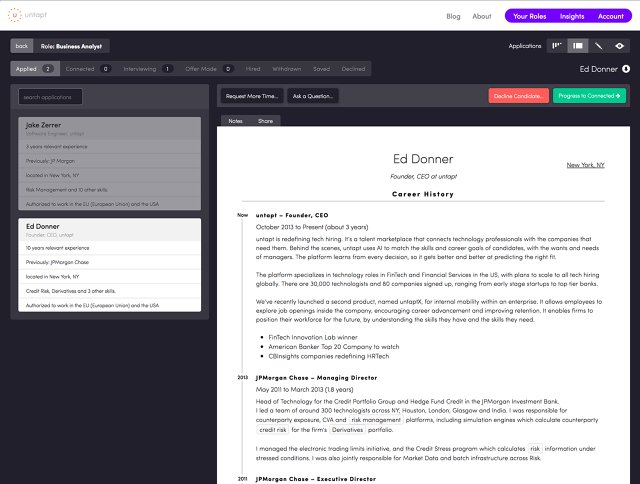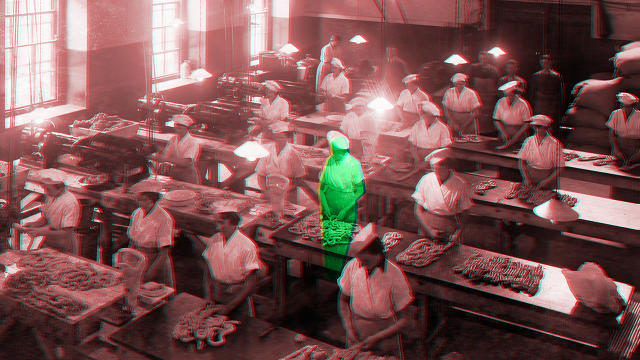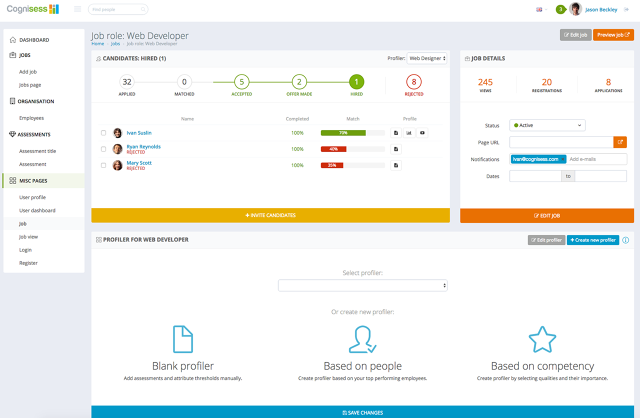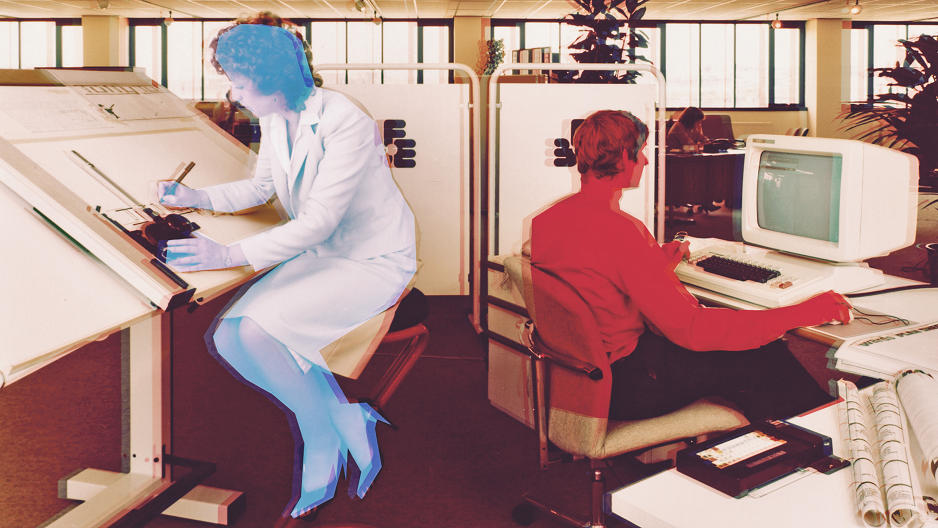How Robots Will Help You Get Your Next Job
It’s no secret that finding good workers isn’t easy, particularly in the competitive tech world.
Hiring managers can spend hours using primitive keyword search tools to sift through half-relevant resumes on job boards, and workers with in-demand skills get bombarded with emails from recruiters offering them jobs they’re not particularly interested in, says Ed Donner, cofounder and CEO of New York startup Untapt.
“Hiring tech people is an incredible pain point,” says Donner, who previously headed a technology team with hundreds of employees at JPMorgan Chase. “It’s still impossibly hard to find talent.”
Untapt is one of a number of companies looking to make it easier to digitally dig through piles of resumes, using machine learning techniques to develop algorithms that predict how well-suited a candidate is for a job. Advocates and industry experts say that adding automation to recruiting can save time and money and can potentially help hiring managers find and consider a more diverse set of applicants.
Helping to Eliminate Bias
“People are very subject to unconscious bias, and with the help of the machine, you can overcome a lot of the unconscious bias,” says Tom Haak, director of the HR Trend Institute. “When the machine learns what you’re looking for, it can say, if you find this type of candidate positive, here are other ones.”
Untapt, which launched in early 2015, is focused on filling financial tech positions, and its software is designed to locate candidates with particular technical skills more efficiently than could be done through traditional text searches of resumes and cover letters. If a company is looking to hire developers adept at functional programming, a software development technique popular in parts of the fintech world, Untapt’s tool can learn to recognize that experience in certain programming languages is likely a good sign, Donner says.

“You’re dealing with this very noisy data set with a lot of information,” he says. “That kind of problem is perfectly suited to artificial intelligence and to machine learning.”
The company keeps track of which candidates its software surfaces actually get interviewed and for which positions, and uses that information to continually refine its algorithms, which Donner says often already outperform human recruiters in terms of the percentage of candidates called in for interviews.
Untapt also looks to surface candidates from underrepresented groups—such as women, veterans, and people of color—and more generally find candidates who might be overlooked by traditional recruiters.
“We also have features in Untapt [where] clients can choose to mask names and photos on the resumes they’re presented with, so they’re making blind decisions,” says Donner.
The company attracts jobseekers through a mix of techniques, including online ads, blog posts, and appearances at industry events, and only shares their resume information with companies they agree to connect with, he says. That helps attract candidates who might not want to actively participate on more traditional job search boards but are interested in exploring their options, he says.
Machine learning can also help companies efficiently find potential candidates amid resumes they already have on file when new positions open up, says Steve Goodman, cofounder and CEO of San Francisco-based Restless Bandit. The company specializes in what it calls “talent rediscovery,” resurfacing applicants to its clients’ previous job postings that could be promising for new positions. To suggest potential candidates for a position, it looks at application records and digital hiring system data indicating how various previous applicants to similar roles have fared, learning over time which resumes to highlight for which openings. “We learn the hiring patterns of the company,” Goodman says.
In the future, the company will likely incorporate more data about how successful candidates fare at their new jobs, including information pulled from human resources systems tracking how candidates progress up company ladders. Restless Bandit also can already fetch publicly available data from the internet about job candidates, so companies can keep their files up to date as they consider them for new positions.
“One of the things we do for companies is, we actually go out on the open web,” says Goodman. “We try to find that person, and we try to enrich that resume with the latest data.”

A Replacement For The “Gut Feeling”?
What machine learning systems can’t, at present, do is eliminate the need for job interviews, he says. They can’t evaluate applicants’ body language and conversational skills, or estimate how they’ll fit into a given team’s existing culture, meaning there’s still a definite need for humans in the hiring process.
“We can tell you the 15 people to interview, or the 20 people to interview,” he says. “We can’t tell you who to hire.”
Still, some companies are even developing tools that use machine learning to evaluate job candidates’ personality traits and aptitudes for a job. Ideally, artificial intelligence can help companies move beyond basic personality quizzes that critics have long said can be easily gamed by applicants able to guess the “right answers” for a given job.
Cognisess, based in Bath, England, offers about 40 different game-like assessments through its software platform, measuring factors like working memory, empathy, and ability to divide attention among multiple tasks. Based on scores of existing successful workers, the platform develops profiles of who would be well-suited to a particular position and indicates how candidates measure up, says cofounder and CEO Chris Butt.

Since the optimal results on the various tests vary from position to position, it’s difficult for applicants to rig performance, he says. “You don’t know what a good match looks like as the candidate,” he says.
In general, applying artificial intelligence to hiring may mean a shift away from intuitive decisions and toward more data-driven processes, says Dan Ryan, principal at Ryan Search and Consulting and a member of the Society for Human Resource Management’s talent acquisition panel.
“Part of the problem with the employment, and also with the sourcing process, is there is still a reliance on gut decisions versus data-driven decisions,” he says. “If you could actually have data that shows using the data-driven approach could produce better results versus using the gut feeling, that’s where the results will come.”
Fast Company , Read Full Story
(19)



